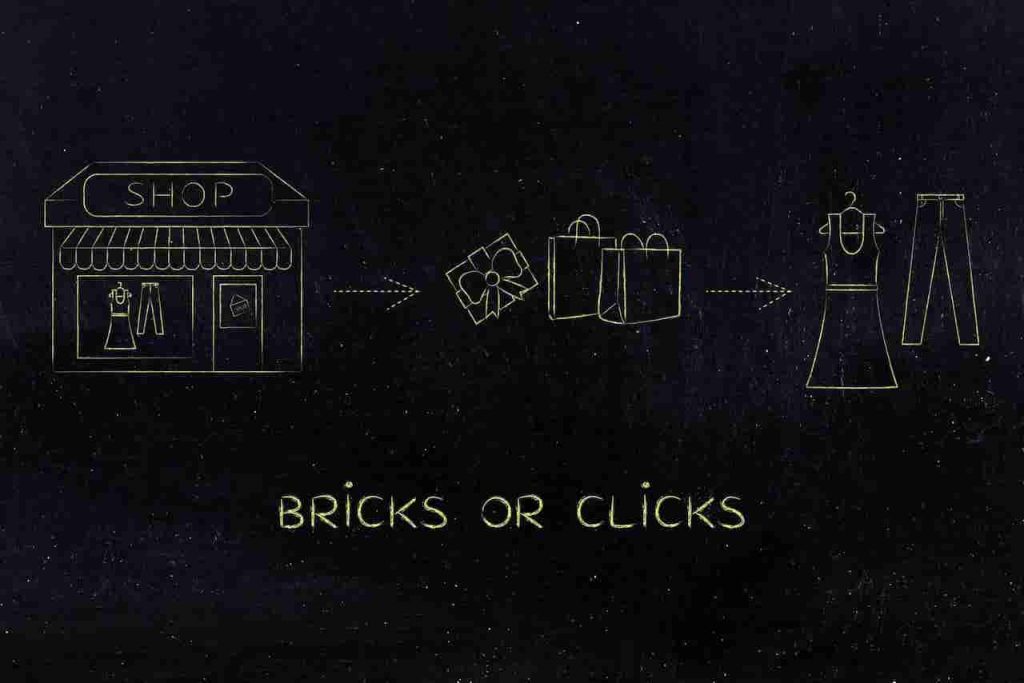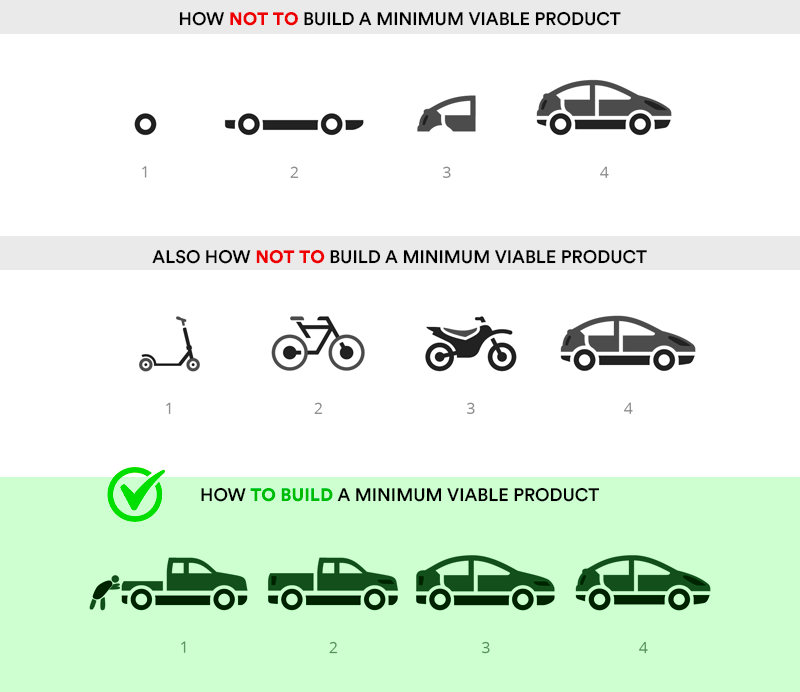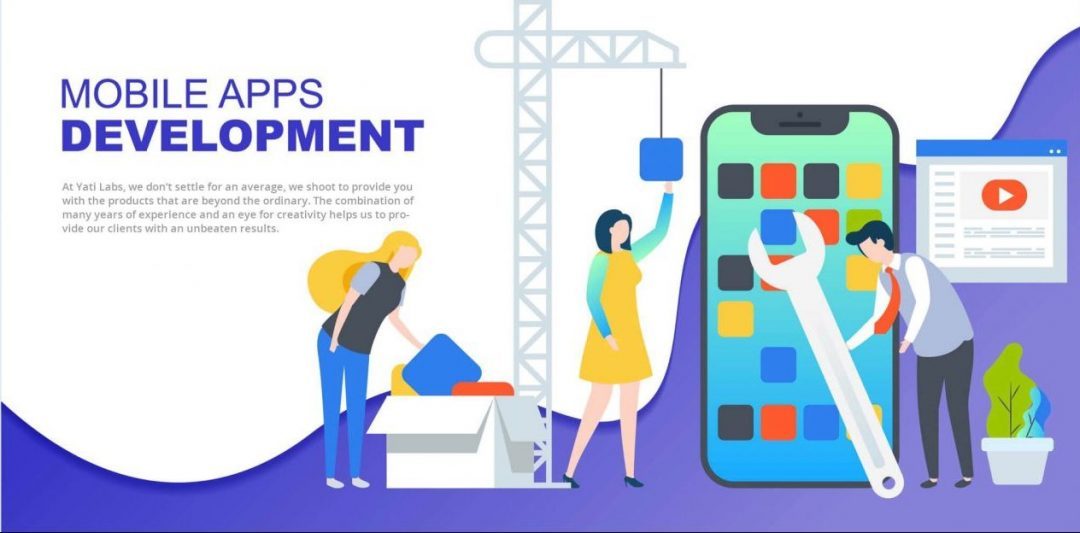How To Transform Your Brick and Mortar Store To An E-Commerce Website?

Over the last few years, e-commerce has become an indispensable part of the global retail framework. Like many other industries, the retail landscape has undergone a substantial transformation following the advent of the internet. Even the Covid-19 pandemic has caused the situation of offline stores to witness rapid change. The need for social distancing has led restaurants, bars, movie theatres, and gyms globally to shut down. In these unprecedented times, people and brands are coming to terms with the realities of our interconnected world. The E-commerce website is growing at a rapid rate all over the globe. There may be as many as 2.14 billion digital buyers worldwide by 2021. It is expected that by 2040, 95% of all purchases will be via an e-commerce website. Now is the best time to take your business from brick-and-mortar stores to the online realm.
With the growth of e-commerce, business owners who used to operate their businesses through conventional means are now deciding to make a transition to the digital world. The online presence of e-commerce stores could be a huge game-changer and improve efficiency, increasing reach, and boosting profits.
Choose the right website hosting platform for e-commerce website
To take your business online, stores need to claim a domain for their store and choose a website hosting platform along with a CMS platform (Content Management System). To choose the right website host, the person needs to choose between individual plans, reseller accounts, and dedicated servers. One needs to analyze all given option and find the one who meets their business needs. For those alien to the technical world and don’t have the coding skills, a fully-hosted provider proves to be a wise option. Several platforms enable its customers to get their store up and running with limited technical know-how. Many hosted platforms offer easy drag-and-drop capabilities. This has proven to be an excellent choice for non-techie entrepreneurs who do not want to outsource their website building. These platforms have built-in inventory management, templates, marketing, sales, and reporting features.
For store owners looking for value flexibility and want to implement highly customized designs or features, an open-source platform might be a better option. Just be sure to budget time and money for hosting and development.
Here are a few important things retailers can keep in mind before researching their hosting option for their e-commerce website:
- Security in terms of online/card payments on that particular server
- Availability of Customer support
- Maintenance Cost
- The storage capacity of the Server
- Additional Costs and Support
Give your brand a digital realm
All the companies flourishing within the e-commerce market, have embraced their presence in the virtual world through effective digital strategies. This has helped in attracting the audience. Digital Marketers have been continuously levelling up their ways to help brands gain some online presence. Brands have been trying to expand their reach by serving ads to new audiences. In addition to that, stores and brands can also try reinforcing branding initiatives within their currently defined target segments.
Even through digital marketing, stores can incorporate elements that help in their brand recognition. For example, usage of logo and colour scheme along with brand style and segregation of collections. An authentic-looking website with appropriate customization appeals to potential buyers and showcases your brand in the best light.

Having an e-commerce portal in the form of a website should be easy to recall and associate with brands. Choosing the right colour and consistent design and logo will stir your audience’s feelings. It is important to put in the effort to create a brand that’s different from the others. Even small business owners are now more inclined to create an online presence. This will help them create a brand presence. Online competition grows tougher every day, and having a good brand will help your business get noticed.
Some customers prefer evaluating products in real life together with the brand’s staff. For them ordering the product online is not the same. A common way of mimicking this interaction online is by using a chatbot. An automated response that will welcome the visitors, and using AI technology will be available to answer their questions. Although these chatbots can’t fully replace a real person, statistics show that both proactive and reactive chat tools can help increase the credibility of your store. They also provide valuable feedback from customers.
Consider how to sell product or service online
As internet access and adoption are rapidly increasing worldwide, the number of digital buyers keeps climbing every year. In 2019, an estimated 1.92 billion people purchased goods or services online. The same year, e-retail sales surpassed 3.5 trillion U.S. dollars worldwide.
If you are thinking of selling online on your website, consider the following:
- The type and number of products you want to sell online.
- Whether selling online will make up a significant portion of your sales.
- Customer needs and preferences.
To sell a product or service online, you need to orient your product in what your target customer wants the most. Qualitative market research can be more helpful than quantitative because it provides insight and helps to understand what the customer thinks. Information such as digital buyers is more likely to spend more if they are provided with free shipping. Also, the top reason why people make online purchases is that they can shop whenever they want, 24/7. The research will help you understand that e-commerce store designs go much further than an eye-catching design. Attractive product imagery and detailed descriptions will help customers buy with confidence. Customer’s buying behaviours are motivated by these thoughts and feelings.
For service providers going digital, it is important to adapt to the environment and needs of the customer. Urban Company earlier known as Urban Clap has recently witnessed an uptick in the demand for home cleaning and hygiene services as people are becoming more health-conscious. The successful transition and modified marketing strategy during the Covid-19 pandemic have made the app quite popular for its home repair and salon services. Urban Company understood the need of the hour and made sure to start communicating every day about the changes it introduced in its services and SOPs.
Plan for customer service
Customer-centric is a business strategy that’s based on putting your customer first and at the core of your business to provide a positive experience and build long-term relationships.
- 78% of customers have backed out of purchase due to poor customer experience.
- 93% of customers are likely to make repeat purchases with companies who offer excellent customer service.
- 77% of customers would recommend a brand to a friend after having a single positive experience.
- 73% of customers fall in love with a brand and remain loyal because of friendly customer service reps.
This often results in building brand loyalty and reliability on customers’ part.
Complaint Management and Customer Support and an integral part of customer service. Offering customized solutions to frequently reported problems helps to build trust in your brands, and services utilized from brands. This tends to create customer chains thus boosting sales, performance, and customer engagement. It also results in positive public reviews that drive more traffic to your store. Your customers need to be comfortable reaching out to you to establish a deeper connection.
In the changing world of post-COVID, it is a wise choice to introduce your mobile app for customers to access the services/products as per their convenience to place and time.
According to different studies, having your business app in the customer devices will register your brand on their memories and this induces them to make purchasing decisions whenever they open the app.
Mobile Application if developed and marketed right can be the leading factor in exponential growth or a brand or company.
Create a great delivery experience for your e-commerce website
Immediately after orders start coming in, stores and brands need to be prepared on how to fulfil and deliver them. Shipping is a key part of your business, so it’s a priority. One can manage delivery themselves or can work with a third-party system for online order fulfillment. Outsourcing the deliveries to 3rd party companies would result in reducing your workload. With the steep competition, the smooth delivery service is an impeccable way to deepen relationships with customers. From the moment customers are exposed to your brand until the product is delivered, businesses should intently be focused on cultivating a powerful and positive experience.
Things to do to improve the delivery experience for your customer
- Keep Customers Informed
- Consider the Unboxing Experience
- Include Bonuses the Customer Isn’t Expecting
- Insert a Handwritten Notes
Managing delivery yourself
Delivering can be tricky and complex when managed on your own. The entire operation of processing and shipping logistics needs to be broken down to be made manageable. For example – what rate and criteria affecting shipping charges or circumstances happen to be apt for free delivery. One also needs to determine the radius of your delivery zone. Along with these the store also needs to take care of packaging, labelling, and tracking of the parcel. Separate care needs to be taken in case of a scenario involving the return or exchange of the product.
Working with a third-party order processing and shipping platform
Third-party shipping involves you sending your inventory to a fulfilment centre. When a customer purchases a product from your website, you inform the fulfilment party who delivers the product to the customer. This helps in reducing labour costs and taxes associated with order fulfilment. Lower packing material costs, since fulfilment services, may have better prices.
Basic things to ensure while doing UI/UX of an E-Commerce website
A well-designed and visually pleasing website is what attracts potential customers. Clean, simple, user-friendly websites provide customers with a sense of security that gives them the confidence to do business. It is often noticed that when websites are cluttered, they become difficult to navigate and frustrate users. Thus often causing customers to bounce as quickly as they landed. Sites that are cluttered with too much information or are “over-designed” are a turn-off to customers.
The most important part of your website is your landing page, which needs to be optimized for conversions. While incorporating an online store it is important to get the highest quality web design, since an attractive website will generate high income. When designing an e-commerce website, it is important to focus on usability and readability. Focus on arranging elements to make sites as user-friendly as possible. A clean store makes it easier for shoppers to do their shopping. This encourages shoppers to browse a bit longer and make a few more purchases.
Here are a few things you can do to improve your e-commerce website design
- Eliminate excess text.
- Focus on using images, slideshows, and videos to demonstrate product details. Videos can dramatically affect the number of visitors to your website and the number of conversions you will get. 46% of people are likely to purchase if they have seen a video or demo of the product first.
- Simplify the navigation. Just like for an in-store shopper. Make it easy for the customers to navigate for what they are looking for.
Importance of social media, content marketing, and SEO
Social Media – With more users spending time on social media handles such as Instagram and Facebook, having a presence over these platforms can lead to the utmost growth for the businesses. According to current projections, 90% of businesses use some form of social media for customer service in the coming two years. Social media plays an excellent medium to connect with your customers and increase brand presence. By directly engaging with customers through activities such as posts, comments, and tags, stores can gain consumer trust and interest to a large extent. Social media is important in regards to creating shareable content that your audience will share with their networks. It helps to bring new consumers to your website hence increasing popularity.
Content Writing – E-commerce website today regularly use content marketing to increase their brand recognition and impact their overall web presence. Statistically speaking –
60% of consumers like to read relevant content from the brands.
82% of consumers feel better about reading content.
70% of consumers feel closer to the company as a result of content marketing.
78% of consumers perceive a relationship between themselves and a company using custom content.
90% of consumers find custom content useful.
Search engine optimization (SEO) – Brands and stores need to publish content that’s optimized to drive organic traffic to their e-commerce website. Investing in search engine optimization (SEO) will pay for itself over the long run. SEO value is one of the biggest benefits of content marketing for any industry. When you create original content, like blog posts and infographics, you can insert keywords that will help your content achieve top results in search engine results pages (SERPs). Research on high ranking keywords related to the product, and use them throughout your content to boost your organic rankings.
Make the most of the internet
The e-commerce website provides stores with an incredible opportunity to build itself as a trusted online brand. With every interaction, your business has with the customer trust that needs to be built. Small businesses can include customer testimonials and reviews on their website regarding their experiences. Around 55% of all online shoppers said that online reviews have an impact on their buying decisions. Quick suggestions can encourage online purchases and repeat purchases. Collaboration with brands and other offers can also make a good selling point. Use the internet to keep a track of your competitors and their work. Plan your business strategy accordingly.
Planning For The Holiday Season is another way businesses can leverage to increase their sales. Sales, coupons, and promotional codes will help in attracting customers during festive seasons. A well-planned campaign can be a lot more profitable than a hastily executed promotional event.
By 2022, e-commerce revenue in the U.S alone is expected to reach $638 million, with the toys, hobby, and DIY vertical seeing the largest growth. With the help of automation and rich customer profiles, you can deliver highly personalised online experiences for your e-commerce customers. Showcasing relevant products based on past purchase behaviour, for example, can lead to higher AOV and makes the shopper feel like you truly understand him/her as an individual.
E-commerce is the future but can still learn from brick and mortar stores

E-commerce industry expert Gary Hoover’s data projects suggest e-commerce retail sales will eventually even out with that of brick and mortar. One can conclude that, even though the online sales trend will continue to grow, there’s plenty of business to go around.
Research predicts that the future of e-commerce is a bright one. But, though the E-commerce world can expect abundant modification in its working such as robust customer journeys and personalization, Artificial intelligence-enabled shopping, and Digital currencies there are fairly a lot of things it can learn from the traditional brick and mortar way. One such thing is giving the customer personalized attention. This can be done by using a chatbot that welcomes visitors and is available to answer questions. Statistics show that both proactive and reactive chat tools can help increase the credibility of your store and provide valuable feedback from customers.
E-commerce stores have a long way to go in terms of recreating the offline experience and establishing a long-standing relationship with its customers. The future holds endless opportunities for service in the digital realm, but its success and continuation will largely depend on buyers’ preferences in the future.
Building an e-commerce website
Now that we’ve seen the need for an e-commerce website with the change of trends. The question that arises is how to create online stores without experiencing much hassle. Our company, Yati Labs unlike, a lot of website builders isn’t just a company for outsourcing digital service. We are makers of digital products and experiences for startups, enterprises and forward-looking brands. We can help your business develop an e-commerce website with a tailor-made solution that could scale and handle mammoth transactions. The web is ever-evolving, flexible & ubiquitous. We ensure that web applications surpass users expectations in the mobile age, including accessibility and responsive design.
To reach out to us, you can easily book a free consultation with our business experts. We look forward to discussing the future with you.











